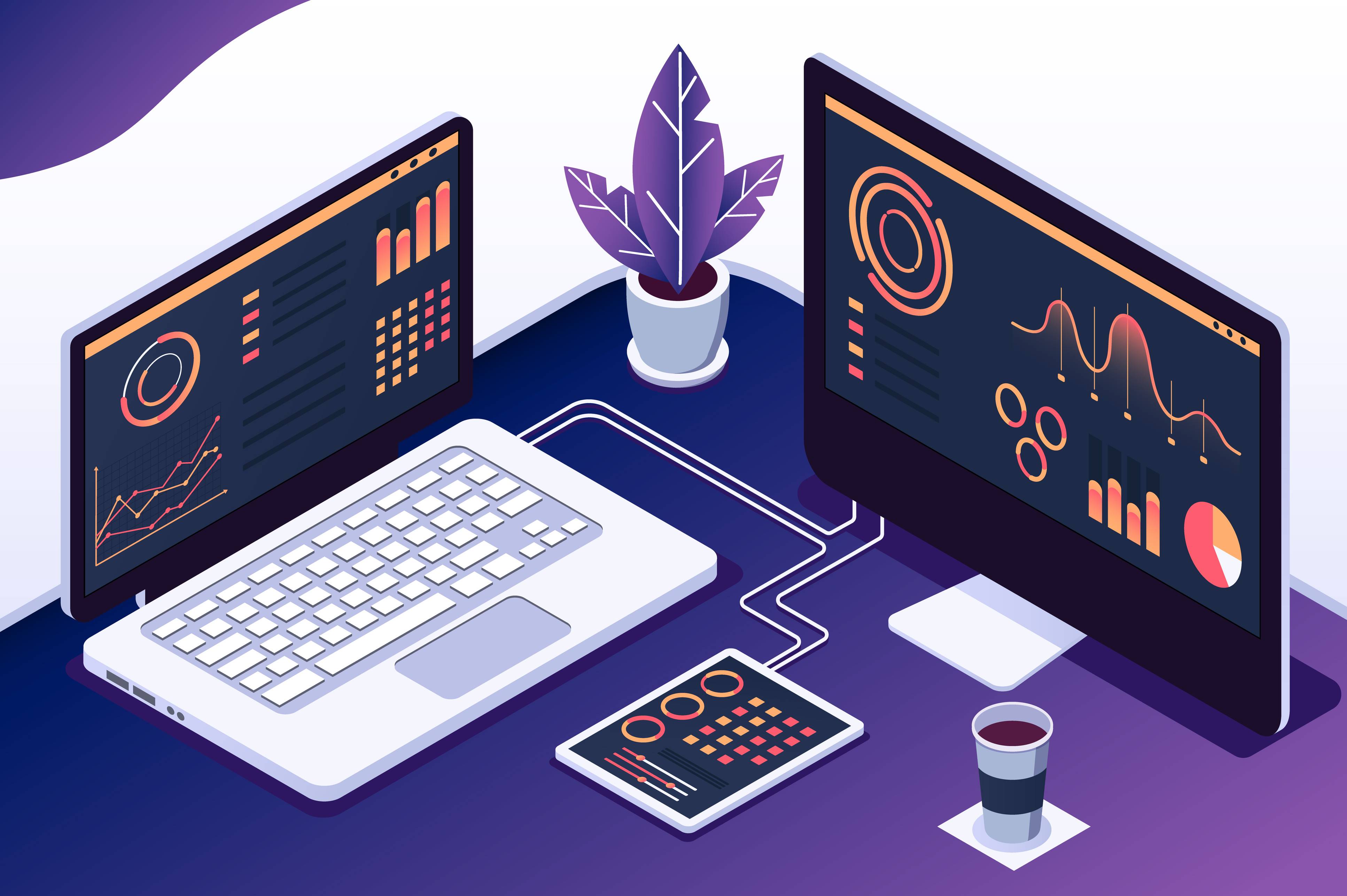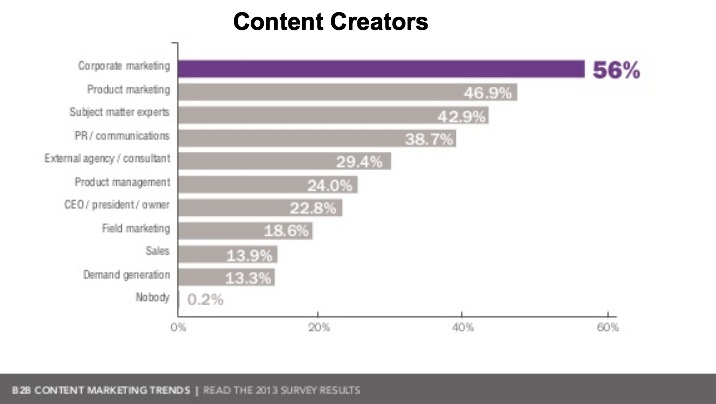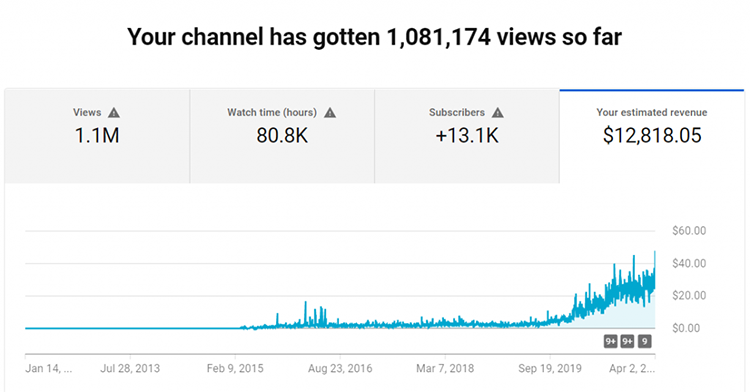
You have now decided to develop your own digital marketing strategy. What's next? Well, this article will walk you through the various steps of the process, from choosing your channel to researching your audience. This article will also show you how to create a customer journey and split test your strategy. This will allow you to see if your new strategy works for your brand. If not, you're not alone. There are many other businesses who have had the same question: "How do I start a digital marketing strategy?"
Researching your audience
When creating a digital strategy for marketing, it is important to understand your audience. You can do this through quantitative research, which involves surveying a large population and generating statistical results. To create an email marketing campaign targeted at a specific audience, it is important to understand their needs and interests. You can also look at their past purchases to determine their buying habits. Then you can target your marketing messages to the targeted audience segments.
Understanding your audience is key to creating a successful digital marketing plan. You will not be able understand their wants and needs if you don't conduct research. You can identify their needs and provide personalized content by conducting research. By doing research, you'll also be able to predict their needs and become more effective in your marketing. Here are some tips for researching your audience:
Interviews: To understand your audience better, you can conduct surveys. You can ask existing customers via email, publish customer reviews on social media, and conduct interviews. These surveys can give you valuable insight into your audience's motivations. This information will help you to create your digital marketing strategy. It's important to research your audience, but it is equally essential to create a compelling campaign. This way, you'll be able to engage your audience and increase sales.
Segmentation: This allows you to target your audience by understanding their lifestyle and preferences. Segmentation can help you communicate with your audience in a stronger way and build a relationship with them. For example, Adidas sent a gender-specific email, while the clothing brand categorized its audience by gender. Customers buy jeans in large numbers, so a survey asking them how they rate the retailer would result in an average rating of 8/10.
Selecting channels
The key to promoting your product/service is choosing the right digital marketing channels. Your choice should depend on your primary objectives, target audience, competition and budget. Different channels can produce different results so make sure you choose the right channel for you. Depending on the channel you choose, what content you share with your audience will determine which format you use for your ads. Content marketing is still the best form of marketing. It will always be relevant. However, if your goal is to reach your audience, this technology must be used.

The goals of your company will determine the decision to use a specific digital marketing channel. You should determine your long-term as well as short-term goals. Long-term goals could include increasing revenue by 20% in the next two-years. Short-term goals might include generating 400 qualified leads within six to eight months, or increasing website traffic by 70% in just eight months. So that you can decide which channels will work best, it is important to clearly identify your short-term (and long-term) goals.
Make sure you analyze each channel's effectiveness before you decide which channels are best. Each channel has unique strengths and weaknesses. It is important to identify the type of content you need for each channel as well as its cost. You should make sure you have all of your budget available before you begin using new channels as part of your digital marketing strategy. You should use Twitter or Facebook to generate buzz.
Designing a customer journey
A customer journey plan is one of the key elements to a successful digital marketing campaign. These maps depict the journey a customer takes to get from decision making to taking action. The customer journey map can serve different purposes, such as showing the path from the latest stage of the sales funnel to the time when a customer becomes a lifelong customer. You can also use the customer journey map to identify areas for improvement.
In simple terms, a customer's journey map shows how a prospect will get to the point of purchase. It is used by marketers to help them map the questions they ask as well as the pain points they encounter. The higher-funnel stages aim to create awareness and interest while the final stages focus on fostering brand loyalty. This should start with awareness.
After researching and learning about a brand, potential customers begin the information-gathering phase of the customer journey. They aren't sure who you are at first but they know what their needs are. The brand should provide content to help customers make informed decisions during this phase of their Customer Journey. Additionally, customers can get a free trial period from brands to overcome any last hurdles during their buying journey.
A customer journey map will help marketers target their advertising efforts by understanding the steps customers take to buy a product or service. Each stage in the customer journey needs to have its own buyer persona. Marketers can adapt their marketing campaigns to meet the goals of each stage by clearly identifying them. Marketers can also use customer journey maps to help understand their customers better. This helps them identify the motivations behind each stage of their customer's decision-making.
Split testing your strategy
Split testing in various areas of your digital strategy can make your business more profitable. These include page copy, headlines as well button text, images, social buttons, email marketing and call to action. Below are some scenarios that you could test. Split testing is useful to determine which marketing tactics will result in increased sales and profit. Be sure to choose the correct size sample. Split testing should be done regularly and should be conducted with an appropriate confidence rating.
Split testing can help you determine if certain marketing strategies are working or not, and where to make changes to maximize their effectiveness. Split testing also allows you to see if your online advertising strategy is generating leads, and whether it is bringing in return. Split testing can be used to experiment with different versions of a site or particular elements. Split testing can help you determine whether your website is profitable. You can then make adjustments to your digital marketing strategy once you know which variants are generating more leads.

ClickFunnels allows you to test six different versions of the same advertisement. This makes it easy to come up with split-test ideas. Facebook is another good place to look for split testing ideas. You can find many examples of Facebook ads and copy them to see which ones perform better. Split tests can also be tested on landing pages. Split testing is also possible on landing pages. For example, moving the CTA lower than the fold increases conversions by 30%, while taking it out of the landing page causes cart abandonment rates decrease by 33%.
Split testing is an essential component of conversion optimization. It involves dividing traffic into two groups - the control group and the variant. Split testing means that you split traffic so 50% of the traffic sees the control variant and half the variant version. In a multivariate test, you divide the traffic into equal segments and show one version of the variant to each group. Split testing can be a powerful tool in digital marketing. The results will amaze you!
Measuring its success
It is important to measure the success of your digital marketing strategy. This can be accomplished in many ways. To measure the effectiveness and efficiency of a campaign's efforts, you can use other metrics such as the number pages viewed. These metrics can also be used to assess the effectiveness and success of marketing initiatives, as they are based on the target audience.
Measuring the success of a digital marketing strategy requires tracking certain key performance indicators (KPIs) in order to evaluate the success of your campaigns. KPIs can be quantifiable metrics that measure how your marketing team does against a particular goal. These targets can be high-level or low-level. These KPIs help to identify the success of campaigns and provide guidance for future campaigns.
It is also crucial to establish specific objectives for measuring your digital marketing strategy. How many people visited your website? Is your website inviting purchase? Are your email campaigns generating more sales? Are you getting new business? What proportion of your visitors bought after you sent an email? These are just two examples of what you must track to ensure your digital marketing strategy succeeds. Ultimately, it will all depend on your objectives, your goals, and your digital marketing strategy.
FAQ
Why SEO strategy should be important?
The primary purpose of search engine optimization is to increase your site's traffic by getting as many people to locate you via Google.
Search engines such as Google, Yahoo!, Bing, and others store information about websites on servers called "crawlers," which send this data back to the company's central database. This enables them to index web pages for searching purposes.
Your website will be found higher in search results. This means that more people will click on the link to visit your site. You won't be seen in these searches.
It is important to rank high in search engines. This will ensure your site is noticed. You can achieve this by using two methods: organic and paid advertising.
Paid Advertisement - This is where companies pay per-click online ads that appear above other sites when searching for information. These ads may include banner ads, text ads, pop-ups, e-commerce widgets, etc.
Natural Organic Links – Natural organic links are sites where you have proven your expertise over time. They also show that you have earned the trust and respect of your industry. You build links naturally over time through blogging, guest posting, commenting, linking, etc.
To remain ahead of the pack, it is important to invest continuously in both forms marketing.
Where Should My Website Be Located?
Your website should be located at the top of the search results. It should be at the top search results. There may be hundreds of pages for some search terms. How can you stand out against these competitors with your website?
What Are Some Common Mistakes That People Make While Using SEO
The most common mistake people make when using SEO is not taking the time to do it right. SEO is not a quick process. To achieve success, you'll need to put in the work required to ensure that your website is optimized properly. It is also common to make search engines fool you by using black hat tactics. Black hat techniques can harm your rankings rather than help them.
Statistics
- Deleting those 10k pages is one of the main reasons that he improved his site's organic traffic by nearly 90%: (backlinko.com)
- 93%of online experiences today begin on search engines. (marketinginsidergroup.com)
- If two people in 10 clicks go to your site as a result, that is a 20% CTR. (semrush.com)
- Sean isn't alone… Blogger James Pearson recently axed hundreds of blog posts from his site… and his organic traffic increased by 30%: (backlinko.com)
- A 62.60% organic traffic boost to that page: (backlinko.com)
External Links
How To
How do you know when your SEO is working?
There are several ways you can tell whether or not you're doing great SEO:
-
Your bounce rate should never exceed 30%. This means that users will abandon your page without clicking any other link. A high bounce ratio means that your audience does not trust your brand, or is not interested in the products you are selling.
-
Visitors will visit different pages on your site. This is a sign that they are engaging with your site.
-
Your conversion rate keeps improving. This is because your audience is becoming more aware of your products or services and wants them to buy them.
-
Your average time on site has been increasing. Users spend more time browsing your content.
-
More people are coming from searches - this is one of the most reliable signs that you're doing great SEO.
-
You are getting more shares via social media. This indicates that your content can be shared by others, reaching audiences beyond your reach, and is therefore being shared more often.
-
You are getting more comments in forums - this means that people respond positively about your work.
-
Your website will get more engagement - you'll see more likes. Tweets. Shares. Likes.
-
Your rank is increasing in SERPs, showing that your hard work is paying off.
-
You are receiving more leads through your website. This indicates that people found your website by accident and are now contacting it.
-
Your sales are rising - this is a sign that people who found your website while searching for your services and products are buying them.
-
Your blog post receives more views/comments which indicates that people find your content informative and useful.
-
More subscribers mean more customers to your email list. This shows that people are able to trust you enough to sign up for updates about your company.
-
Sales are rising, which means that people love you and your products to the point that they will pay for them.
-
You've gained more social network followers, which shows that your fans share your content with others and engage with your brand.
-
You are getting more PR mentions. This shows that journalists are talking online about your brand. This raises awareness of your company and helps to improve your reputation.
-
You're being recommended more often - this shows that other companies also recommend your brand.
-
People continue to return to your website. This is a sign that your customers are satisfied with your work, and will return again and again when they need your assistance.
-
Your competitors are losing market share - this means they didn’t invest as much in their SEO campaigns.
-
Your brand's image is changing - this shows that your brand is becoming popular among a new group of customers.